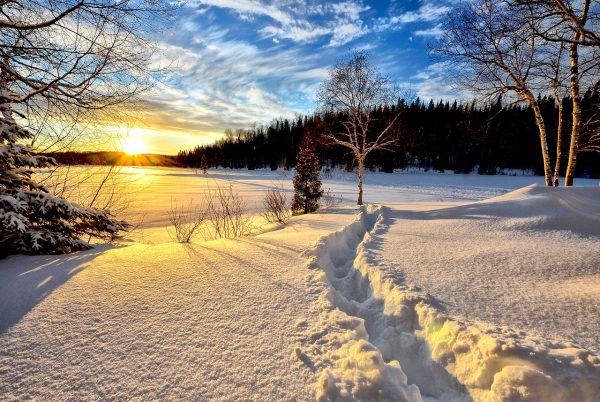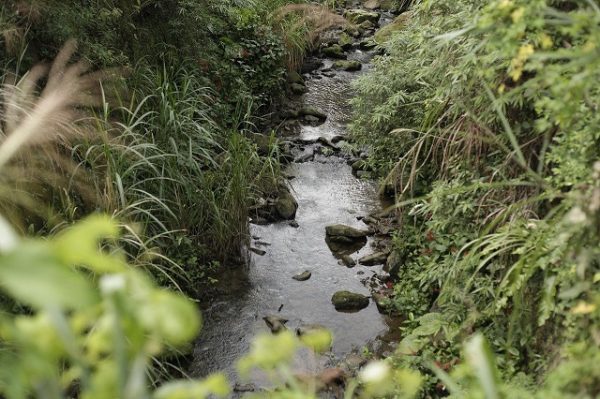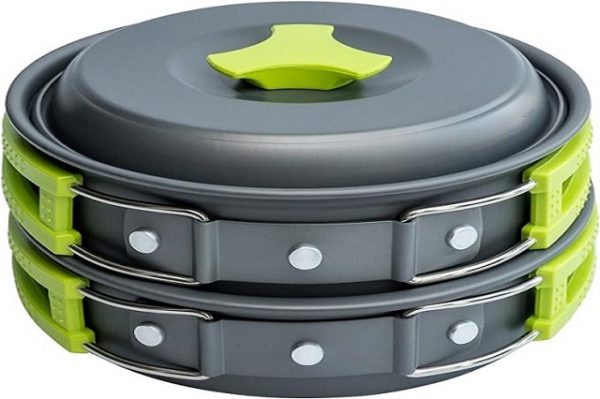The imminent feeling of panic can strike anyone stranded on a mountainous landscape with a gale approaching. You can find yourself disorientated in a maze of trails or on an exposed ridge with a storm on the horizon. What you do next can be the deciding moment where survival or complete disaster ensues. Survival begins when you S.T.O.P.
Sit on the spot, don’t wander around aimlessly.
Think about your situation and how to best approach it.
Observe your surroundings and see what you have to work with.
Plan your course for survival.
Instead of giving in to the inbuilt human panic response, you need to sit, think, observe, and plan! S.T.O.P is an important lesson for all survivalists, hikers, and hunters to learn so you don’t find yourself unnecessarily exposed and unprepared in frigid temperatures.

Shelter
You may be stuck down from exposure before anything in cold and freezing temperatures. When in a mountainous landscape, staying above the tree line is not a great idea, getting below the treeline should be your top priority. Shelter can be found are areas such as caves or within hollow trees. If these can not be found, you may need to craft some from the surrounding environment. You can use snow to build a wall or seal gaps within a shelter to help protect from the wind and the cold.
Warmth
After you have found or created some form of shelter, your next step is to create a fire for warmth. Winter can be a difficult time to find small dry tinder compared to warmer months, you may be able to find dry needles on evergreens or dry leaves/grass may be found under trees, rock overhangs, or in tree wells if the area is not already covered in snow.
Path Finding
Your ability to find your original path depends on visibility. To put it simply, you shouldn’t go trying to find your trail if you can’t see. Traveling during a white-out or at night when it is difficult to see is a quick way to get lost, wandering in circles or injuring yourself. You don’t always want to act as quickly as possible, sometimes you just need to S.T.O.P. as it is often better to stay in one place than wandering around when you shouldn’t and getting yourself into trouble. Once the danger has passed and daylight breaks, you can begin to travel to find your original trail. Ensure that you are ready to find another shelter and create another fire prior to nightfall.
Make your location known!
If all goes well, you will stay warm for the night in a cave or makeshift shelter and travel the following morning along your trail until you reach safety. This is all well and good as long as you haven’t gotten lost as it doesn’t matter how far you travel if you’re going in the wrong direction. If you don’t know the way back to safety, creating the conditions for rescuers to find you is your next priority. If you want to be found, you need to ensure you have considered:
Visibility –
You need to be able to draw attention to yourself. Create a smoky fire, place markers using brightly colored materials, write ‘Help Me’ in the snow, or place tree branches in an easy-to-spot pattern. A pocket mirror or foil blanket can be a lifesaver here by using it to direct sunlight towards an overpassing helicopter to get their attention.
Positioning –
Dense forests make it difficult to see through the tree line, both when on foot or in the air. Place yourself on ridgelines, in a small clearing or riverbank to make yourself easy to spot.
Mobility (or lack thereof) –
How many times have you heard of a hikers campsite being found but the hiker was nowhere to be found? Stationary targets are easier for rescuers to find as they are generally located closer to the forest trails and tracking dogs can pick up their scent.

Stay Hydrated
If you’ve got a fire and are surrounded by ice and snow, you probably don’t need me to tell you how to get drinking water. If not, there are ways to keep yourself hydrated. So long as it isn’t too cold, flowing water can be found under the snow pack at river bends or in the bottom of creeks. If you have a reflective surface and a sunny day, solar radiation can be used to melt ice for drinking. In any situation, it is important to purify the water to prevent yourself from getting sick.
Think of Your Food Requirements
Food may be the most difficult resource to find when lost in the cold. Humans can go for weeks without needing to eat however your body goes through a lot more calories when shivering in the cold weather. Hunger can restrict your energy reserves and resistance to the cold making each and every task you need to complete to survive that much more difficult. It is imperative that you stock your supply back with food reserves whenever trekking into the wilderness. Snowscapes are often barren with very little available to eat.
Conclusion
Every decision you make when lost out in the cold needs to be made with the S.T.O.P principal in mind to ensure you keep a methodical approach. Getting out sooner rather than later is always a good idea, however poor preparing and planning could make this choice a fatal one.



